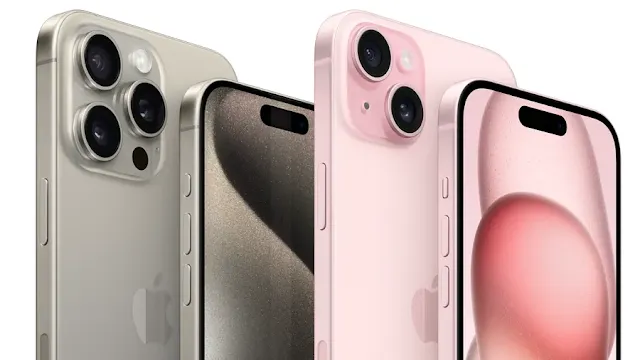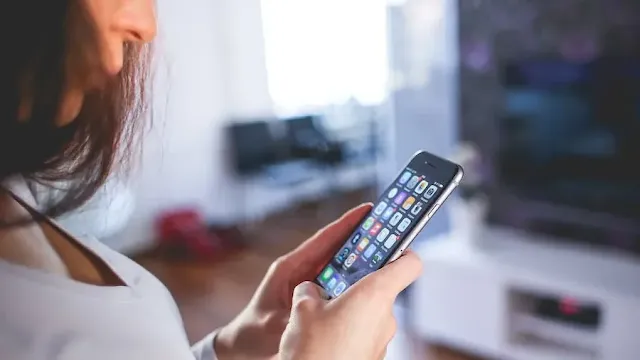Travel insurance offers peace of mind for both business and leisure trips, covering everything from trip cancellations to medical emergencies. But what about adventure sports? Last year, while river rafting in Rishikesh, I twisted my ankle during a thrilling rapid—luckily, my adventure sports travel insurance covered the medical expenses, saving me from a hefty bill. However, standard policies often exclude high-risk activities like skydiving or mountain climbing. This 2025 guide explores whether travel insurance covers adventure sports, what it includes, exclusions, and more to help you plan your thrilling trips safely.
Table of Contents
- Does Travel Insurance Cover Adventure Sports?
- What Does Travel Insurance Cover You For?
- What Things Are Covered in Travel Insurance?
- What Will Travel Insurance Not Cover?
- Is High Cholesterol a Pre-Existing Condition for Travel Insurance?
- What Are the Disadvantages of Travel Insurance?
- Which of the Following Is Not Under Personal Accident Insurance?
- Frequently Asked Questions About Travel Insurance and Adventure Sports
Does Travel Insurance Cover Adventure Sports?
Standard travel insurance policies typically do not cover adventure sports like skydiving, bungee jumping, mountain climbing, river rafting, or paragliding. These high-risk activities increase the liabilities for insurance companies, so they’re often excluded. However, you can opt for an adventure sports or extreme sports travel insurance policy, which is specifically designed to cover these activities. These specialized plans may include medical expenses, evacuation, or trip cancellations related to such sports, but they often come with higher premiums.
What Does Travel Insurance Cover You For?
A comprehensive travel insurance policy offers coverage for a variety of travel-related issues, including:
- Trip Cancellations: Reimbursement for non-refundable expenses if you cancel for covered reasons like illness or natural disasters.
- Medical Emergencies: Covers hospital visits, doctor fees, and medical evacuations during your trip.
- Baggage Loss or Delay: Compensation for lost, stolen, or delayed luggage, including essentials purchased during delays.
- Flight Delays: Reimbursement for expenses like meals or accommodations caused by delayed flights.
- Personal Liabilities: Protection against legal claims for accidental damage or injury caused to others.
What Things Are Covered in Travel Insurance?
Travel insurance typically includes:
- Trip cancellation and interruption coverage
- Emergency medical expenses and evacuations
- Lost, stolen, or delayed baggage
- Flight delays or missed connections
- Personal accident coverage (e.g., accidental death or dismemberment)
- 24/7 travel assistance services
Some policies also offer add-ons like rental car coverage or identity theft protection, depending on the provider.
What Will Travel Insurance Not Cover?
Travel insurance often excludes:
- High-Risk Activities: Adventure sports like skydiving or mountain climbing, unless specified in an adventure sports policy.
- Pre-Existing Conditions: Medical issues like high cholesterol, unless declared and covered under the policy.
- Intentional Acts: Self-harm, illegal activities, or traveling against government advisories.
- Normal Wear and Tear: Damage to luggage due to regular use.
- Unapproved Expenses: Costs not pre-approved by the insurer, like elective treatments.
Always read the policy fine print to understand exclusions.
Is High Cholesterol a Pre-Existing Condition for Travel Insurance?
Yes, high cholesterol is generally considered a pre-existing condition for travel insurance if you’ve been diagnosed, treated, or taken medication for it within a specified period (usually 90-180 days) before purchasing the policy. Most standard policies exclude coverage for pre-existing conditions unless you declare them and pay an additional premium for coverage. Failing to disclose high cholesterol could lead to denied claims if a related medical issue arises during your trip.
What Are the Disadvantages of Travel Insurance?
While travel insurance offers valuable protection, it has some drawbacks:
- Cost: Premiums can add 4%-10% to your trip cost, which may feel unnecessary if no issues occur.
- Exclusions: Many policies exclude high-risk activities, pre-existing conditions, or specific scenarios, limiting coverage.
- Claim Process: Filing claims can be tedious, requiring detailed documentation like receipts, medical reports, and proof of loss.
- Limited Coverage Caps: Some benefits, like baggage loss or medical expenses, may have low reimbursement limits.
- Policy Complexity: Understanding what’s covered and what’s not can be confusing, leading to false assumptions about protection.
Which of the Following Is Not Under Personal Accident Insurance?
Personal accident insurance, often included in travel insurance, covers accidental death, dismemberment, or permanent disability due to an accident. However, it does not cover:
- Illnesses or Natural Causes: Death or disability due to a heart attack, stroke, or other non-accidental causes.
- Pre-Existing Conditions: Injuries worsened by pre-existing medical issues, like high cholesterol-related complications.
- Intentional Acts: Self-inflicted injuries or accidents caused by illegal activities.
For example, if you suffer a heart attack while skydiving, personal accident insurance won’t cover it, as the cause isn’t accidental.
Travel insurance provides comprehensive coverage for many travel disruptions, but adventure sports require special attention. If you’re an adrenaline junkie, opt for an adventure sports travel insurance policy to ensure you’re protected during high-risk activities. Always review your policy’s terms to understand what’s covered and what’s not, so you can travel with confidence and peace of mind.
Frequently Asked Questions About Travel Insurance and Adventure Sports
Does Travel Insurance Cover Adventure Sports?
No, standard travel insurance typically excludes adventure sports like skydiving or mountain climbing. You’ll need an adventure sports travel insurance policy for coverage.
What Does Travel Insurance Cover You For?
It covers trip cancellations, medical emergencies, lost or delayed baggage, flight delays, personal liabilities, and more, depending on the policy.
What Things Are Covered in Travel Insurance?
Travel insurance includes trip cancellations, medical expenses, baggage loss/delay, flight delays, personal accident coverage, and 24/7 travel assistance.
What Will Travel Insurance Not Cover?
It often excludes high-risk activities, pre-existing conditions, intentional acts, normal wear and tear, and unapproved expenses.
Is High Cholesterol a Pre-Existing Condition for Travel Insurance?
Yes, if diagnosed or treated within 90-180 days before the policy purchase, it’s considered pre-existing and may require additional coverage.
What Are the Disadvantages of Travel Insurance?
Drawbacks include added costs, exclusions, a complex claim process, limited coverage caps, and policy complexity.
Which of the Following Is Not Under Personal Accident Insurance?
Illnesses like heart attacks, pre-existing condition complications, or intentional acts are not covered under personal accident insurance.











